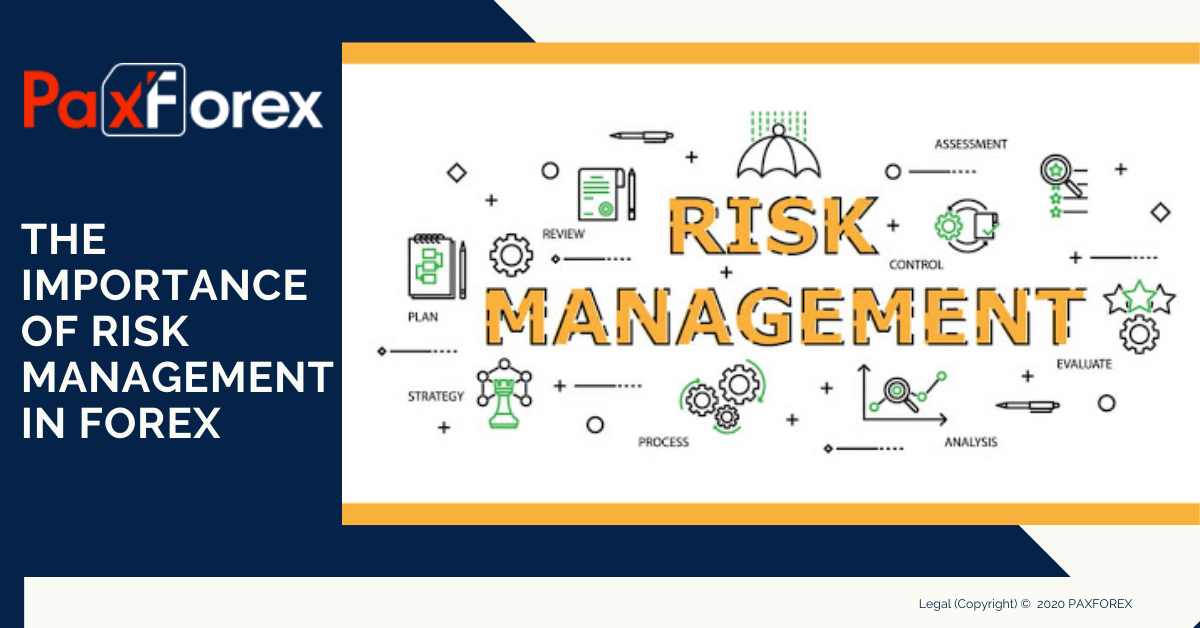Addressing the Unseen Risks: The Importance of Risk Management in Technology
Addressing the Unseen Risks: The Importance of Risk Management in Technology
Blog Article
Checking out the Significance of Risk Management for Effective Decision-Making Approaches
In the complex globe of business, Risk Management arises as a vital variable in the decision-making procedure. The capacity to recognize prospective dangers and chances, and plan accordingly, can lead to the distinction between success and failing.
Recognizing the Principle of Risk Management
Risk Management, a critical component in decision-making, is usually misconstrued or oversimplified. Risk Management involves self-displined and structured approaches, using data and insightful assessments. From monetary unpredictabilities, lawful obligations, strategic Management mistakes, to accidents and all-natural calamities, it deals with various risks - importance of risk management.
The Duty of Risk Management in Decision-Making Processes
In the world of tactical preparation and organization operations, Risk Management plays an essential function in decision-making procedures. It assists in identifying prospective hazards and uncertainties that might impact the success of business goals. By tracing these dangers, firms can create techniques to alleviate their influence, ensuring company connection and stability. Risk Management therefore ends up being a vital tool in decision-making, helping leaders to make educated choices based on a thorough understanding of the threats involved. It encourages a proactive approach, allowing companies to prepare and prepare for for feasible future circumstances. This dramatically lowers the likelihood of negative repercussions, promoting a lot more efficient and effective decision-making strategies. As a result, Risk Management functions as a crucial element in the decision-making processes of any company.

Just How Risk Management Boosts Strategic Preparation
In the context of strategic preparation, Risk Management plays a crucial function. Initiating with the recognition of prospective risks, it better reaches the execution of Risk reduction steps. The role of Risk Management is vibrant however not fixed, as it demands continuous tracking and adjusting of strategies.
Recognizing Prospective Threats

Executing Risk Reduction
Risk reduction techniques can range from Risk evasion, Risk transfer, Read Full Report to take the chance of reduction. Each approach must be tailored to the certain Risk, considering its prospective influence and the organization's Risk tolerance. Efficient Risk reduction requires a deep understanding of the Risk landscape and the potential effect of each Risk.
Monitoring and Readjusting Strategies
Though Risk reduction is a critical action in strategic planning, continual monitoring and modification of these approaches is equally vital. This ongoing process permits organizations to determine brand-new threats and reassess existing ones, making sure the applied techniques stay reliable in the ever-changing organization atmosphere. It likewise gives an opportunity to assess the success of the Risk Management actions, allowing modifications to be made where needed, further enhancing strategic planning. Efficient surveillance and adjustment call for the usage of analytics and vital performance indicators (KPIs) to determine efficiency. These devices supply beneficial data-driven understandings go to my site that can inform strategic decision-making. Therefore, monitoring and adjusting Risk Management methods is a critical component for improving a company's strength and tactical preparation.
Instance Researches: Effective Risk Management and Decision-Making
In the world of service and finance, effective Risk Management and decision-making usually serve as the pillars of prosperous business. These instances highlight the value of sharp Risk Management in decision-making procedures. These cases highlight the critical duty of Risk Management in tactical decision-making.
Devices and Techniques for Reliable Risk Management
These devices, such as Risk registers and heat maps, aid in recognizing and assessing potential threats. Risk feedback approaches, a vital element of Risk Management, involve approving, staying clear of, moving, or mitigating threats. With these devices and methods, decision-makers can browse the complicated landscape of Risk Management, therefore promoting educated and efficient decision-making.
Future Trends in Risk Management and Decision-Making Methods
As we check out the large landscape of Risk Management, it comes to be noticeable that the devices and methods used today will proceed to develop. Future trends aim towards a boosted reliance on modern technology, with expert system and machine understanding playing substantial roles. These modern read more technologies will certainly allow organizations to forecast prospective risks with better accuracy and make even more informed choices. Furthermore, there will certainly be a growing focus on durability, not just in managing dangers but likewise in recuperating from adverse situations. The idea of Risk society, where every participant of a company is mindful and entailed in Risk Management, will certainly acquire more importance. These fads declare a more aggressive and comprehensive technique in the direction of Risk Management and decision-making.
Conclusion

Risk Management thus comes to be a vital tool in decision-making, assisting leaders to make enlightened options based on a thorough understanding of the dangers involved. Risk mitigation strategies can vary from Risk avoidance, Risk transfer, to take the chance of decrease (importance of risk management). Effective Risk mitigation calls for a deep understanding of the Risk landscape and the potential influence of each Risk. Risk reaction strategies, a crucial component of Risk Management, involve approving, avoiding, moving, or mitigating dangers. The principle of Risk society, where every member of a company is conscious and entailed in Risk Management, will get much more prestige
Report this page